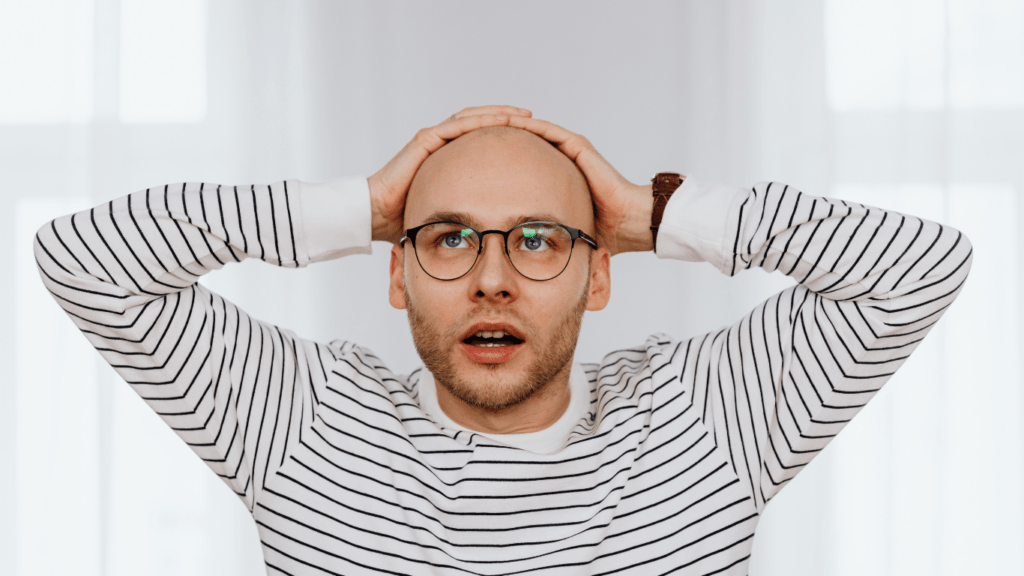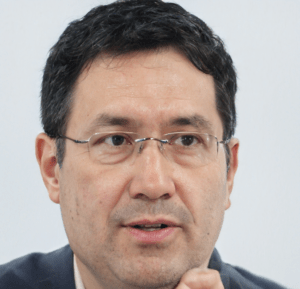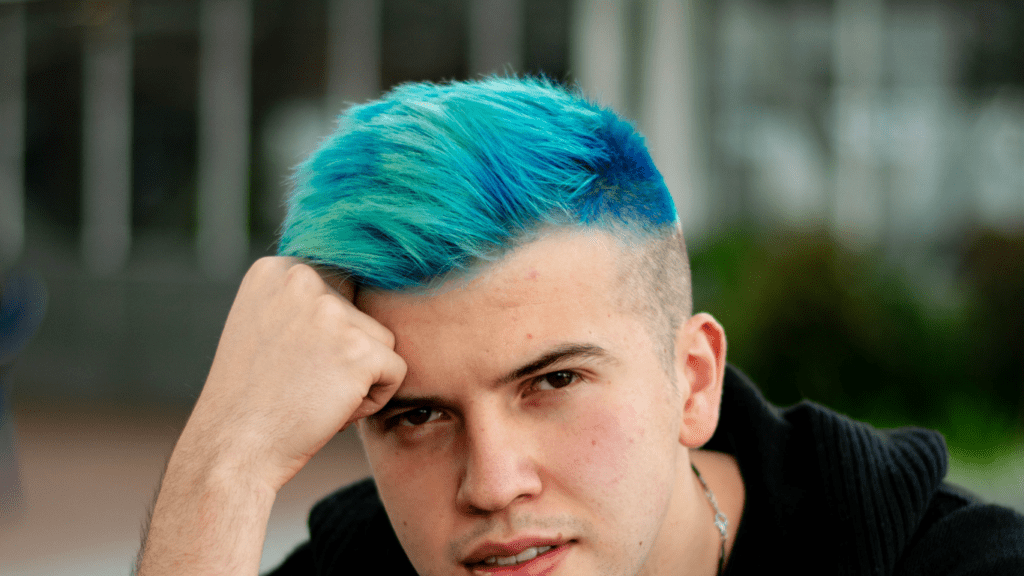Understanding Thinning Hair
Thinning hair results from various factors and affects many individuals. Genetics plays a significant role, often determining susceptibility to hair loss. Androgenetic alopecia, the most common type, affects both men and women.
Hormonal changes, particularly during pregnancy, menopause, and thyroid imbalances, also contribute to thinning hair. Stress levels impact hair health as well, triggering conditions like telogen effluvium, where hair prematurely enters the shedding phase.
Nutritional deficiencies influence hair thickness. Lack of essential nutrients like:
- iron
- vitamin D
- biotin
can weaken hair strands, making them more prone to breakage. Scalp conditions like dandruff and psoriasis can cause hair thinning.
Additionally, excessive styling, chemical treatments, and heat damage weaken hair, leading to increased shedding and breakage.
Understanding these causes creates a foundation for addressing thinning hair effectively. Promptly identifying and addressing the root cause optimizes treatment outcomes. Recognizing that varying factors affect each individual uniquely allows for tailored approaches, further enhancing the efficacy of interventions.
Common Causes of Thinning Hair
Understanding the common causes of thinning hair helps pinpoint effective treatments. Several primary factors contribute to thinning hair.
Genetics
Genetics play a significant role in hair thinning. Androgenetic alopecia, often termed male or female pattern baldness, stems from hereditary factors. Individuals with a family history of hair loss are more likely to experience it. This condition can start at any age and progressively worsen over time due to inherited genes affecting hair follicle sensitivity.
Hormonal Changes
Hormonal fluctuations also trigger hair thinning. Conditions like polycystic ovary syndrome (PCOS) and menopause can disrupt hormone levels, leading to hair loss. Pregnancy and childbirth cause hormonal shifts that often result in temporary thinning. Thyroid imbalances (both hyperthyroidism and hypothyroidism) contribute to changes in hair density and health.
Stress
Stress impacts hair growth, by triggering conditions like telogen effluvium. Chronic stress pushes hair follicles into a resting phase prematurely, causing noticeable shedding. Individuals experiencing significant emotional or physical stress may notice increased hair thinning a few months after the stress event. Consistent stress management practices can help mitigate this cause.
Effective Treatments for Thinning Hair

Addressing thinning hair requires a tailored approach based on the underlying cause. Several effective treatments can help manage and potentially reverse hair thinning.
Topical Treatments
Topical treatments often target the scalp directly to stimulate hair growth. Minoxidil, an FDA-approved treatment, commonly comes in 2% and 5% solutions and promotes hair follicles’ activity, helping regrow hair.
Ketoconazole, an antifungal shampoo, helps reduce scalp inflammation and combat dandruff, indirectly supporting healthier hair growth. Essential oils like rosemary and peppermint have shown potential benefits in promoting hair regrowth when massaged into the scalp regularly.
Oral Medications
Oral medications offer another effective treatment option for thinning hair. Finasteride, an FDA-approved pill, works by inhibiting the hormone DHT, which can shrink hair follicles. Biotin supplements support hair health, especially if biotin deficiency is a factor. Spironolactone, a medication primarily used for acne, also has benefits for women with hormone-related hair thinning by reducing androgen levels.
Hair Transplantation
Hair transplantation provides a more permanent solution to severe thinning hair. Follicular Unit Transplantation (FUT) involves harvesting a strip of scalp skin with healthy hair follicles and transplanting it to thinning areas. Follicular Unit Extraction (FUE) extracts individual hair follicles from the donor area and implants them in the balding regions. Both methods require a skilled surgeon and result in natural-looking hair growth over time.
Lifestyle Changes to Prevent Thinning Hair
Address lifestyle changes to manage thinning hair effectively. Focus on diet, stress management, and proper hair care practices.
Diet and Nutrition
- Nutrient-rich foods support hair health. Include protein sources like eggs, lean meats, and beans to promote hair growth.
- Omega-3 fatty acids, found in fish and flaxseeds, reduce inflammation and bolster scalp health.
- Fruits and vegetables provide essential vitamins and minerals.
- Vitamin C in citrus fruits aids collagen production, critical for hair strength.
- Iron-rich foods like spinach and lentils prevent hair loss by promoting healthy blood flow to hair follicles.
Stress Management
Chronic stress contributes to hair thinning. Practice stress-reducing activities like yoga, meditation, and deep breathing to improve overall well-being. Allocate time for hobbies and exercise regularly to lower stress levels. Develop a sleep routine that ensures 7-9 hours of rest per night, as adequate sleep restores body functions and reduces stress-induced hair loss.
Proper Hair Care Practices
Gentle hair care prevents damage, promoting healthier hair. Use sulfate-free shampoos and conditioners to avoid stripping natural oils. Limit the use of heat styling tools like blow dryers and flat irons, which can weaken hair fibers. Opt for loose hairstyles instead of tight ponytails or buns to prevent hair breakage. Regular scalp massages improve blood circulation, fostering stronger and healthier hair growth.
Incorporate these lifestyle changes to create a supportive environment for your hair and minimize thinning.
Recommended Products for Thinning Hair
Selecting the right products is crucial for managing thinning hair. I recommend various types of products to cater to different needs.
Hair Growth Shampoos
Selecting a shampoo formulated for thinning hair helps reduce hair fall and promote regrowth. Look for ones containing ingredients like biotin, caffeine, or ketoconazole. Examples include Nioxin Cleanser Shampoo and Pura D’or Original Gold Label Shampoo.
Topical Treatments
Incorporating topical treatments can make a significant difference. Minoxidil-based products, like Rogaine, show proven results. Users apply it directly to the scalp, which helps stimulate hair follicles.
Nutritional Supplements
Taking supplements provides essential nutrients for hair health. Products containing biotin, vitamins D and E, and folic acid are effective. Brands like Nutrafol and Viviscal offer supplements specifically targeting hair growth.
Hair Thickening Sprays and Serums
Using sprays and serums helps give an instant appearance of thicker hair. Ingredients to look for include keratin and polymers. Popular choices are Toppik Hair Building Fibers and Bumble and Bumble Thickening Spray.
DHT Blockers
Utilizing DHT blocking products prevents hair follicles from shrinking. Look for shampoos and conditioners with saw palmetto or green tea. Examples include Ultrax Labs Hair Surge and Hairgenics Pronexa.
Laser Therapy Devices
Employing at-home laser therapy can also promote hair growth. These devices use low-level laser therapy to rejuvenate hair follicles. FDA-approved options include Capillus Ultra and HairMax LaserBand.
Consistently using these products creates a more supportive environment for hair growth and helps manage thinning hair effectively.



 Founder & Hair Care Specialist
Edwardenn is the visionary force behind the website, with a deep passion for promoting healthy, beautiful hair. With years of experience in hair care and wellness, Edwardenn founded this platform to offer the latest hair care news, health tips, and expert advice. His mission is to empower individuals to understand and care for their hair, no matter their hair type or goals.
Founder & Hair Care Specialist
Edwardenn is the visionary force behind the website, with a deep passion for promoting healthy, beautiful hair. With years of experience in hair care and wellness, Edwardenn founded this platform to offer the latest hair care news, health tips, and expert advice. His mission is to empower individuals to understand and care for their hair, no matter their hair type or goals.

